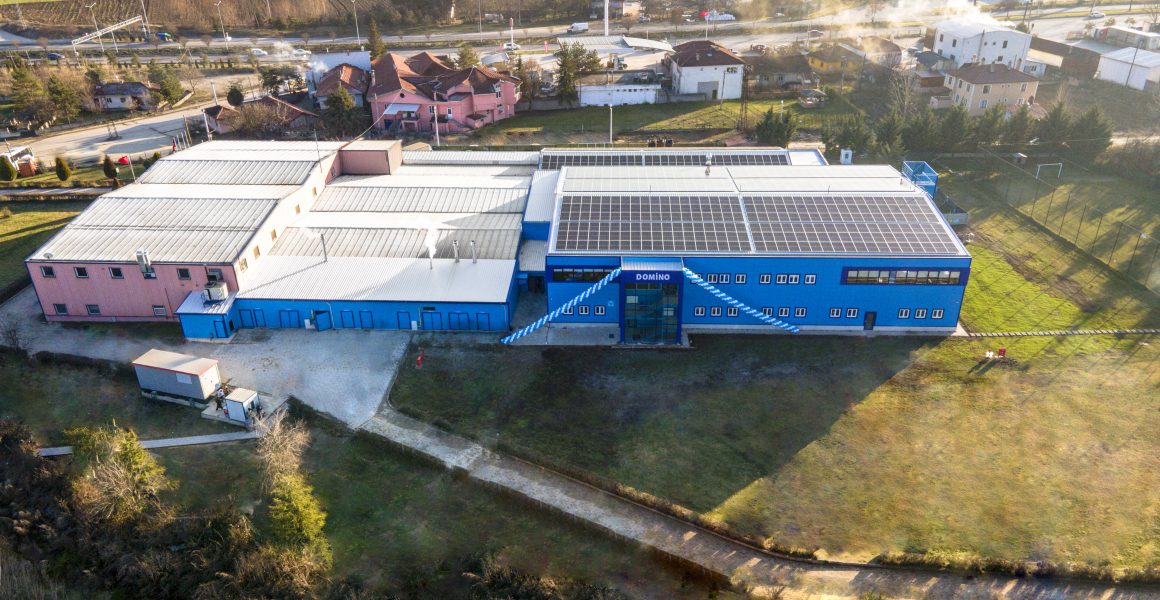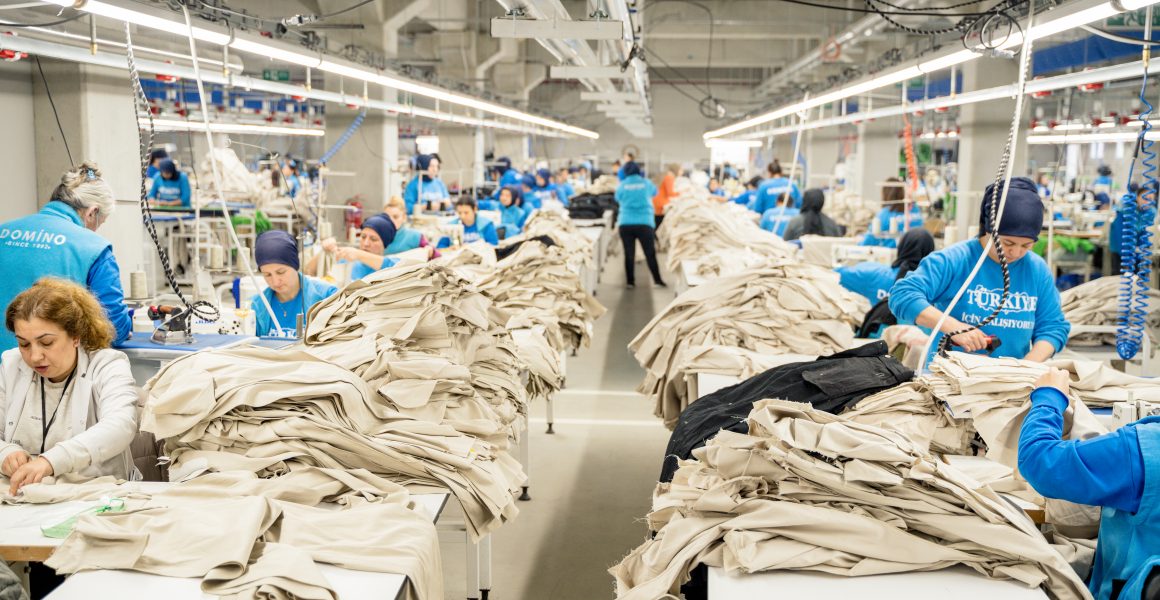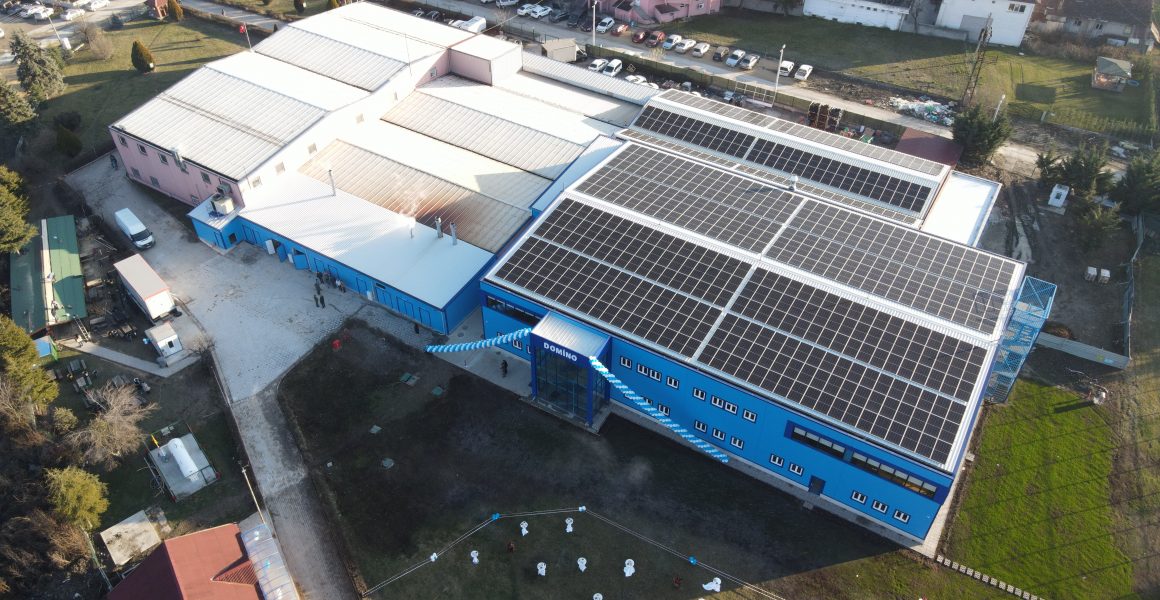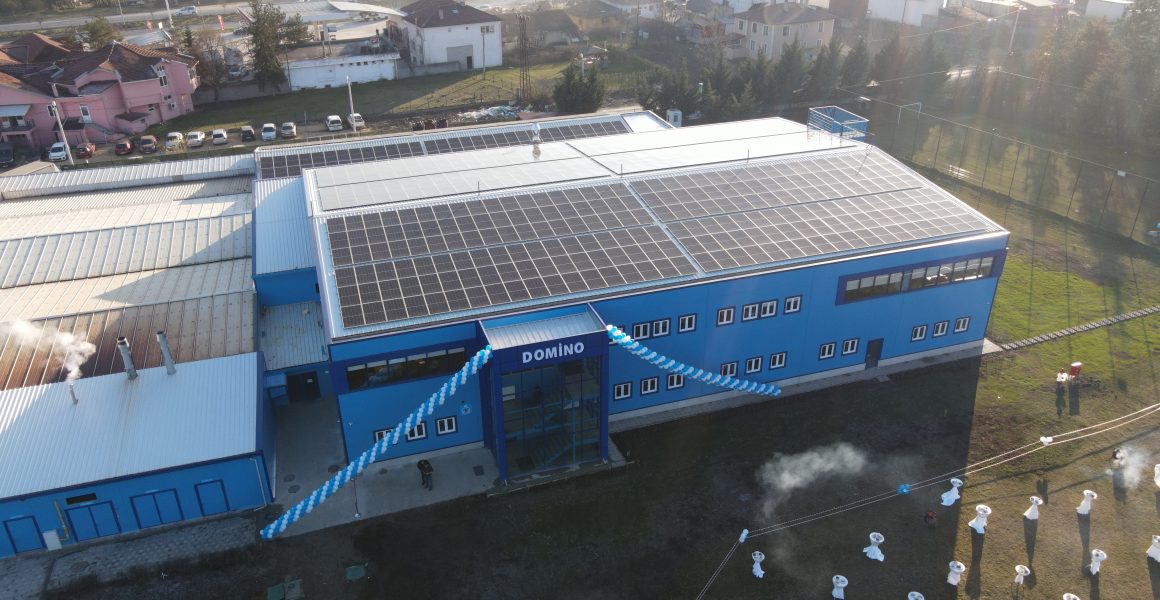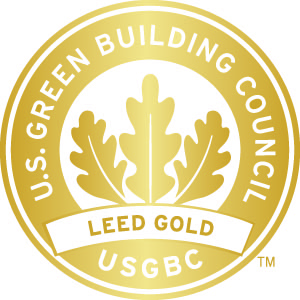Domino-2 Sustainable Garment Factory, located within the Domino Textile facilities, has been awarded GOLD certification in the LEED v4 BD+C New Construction category. It is located in Bolu Karaagac District and the project stands out with its environmentally friendly and human-centric practices.
Utilizing the existing infrastructure of the site, the project incorporates various sustainable improvements and developments. Additionally, the presence of electric vehicle charging stations encourages the reduction of carbon emissions.
The landscape area has been preserved and enhanced with the addition of local plants to increase biodiversity. Rainwater is used for landscape irrigation, reducing the usage of mains water, while facilities for socializing, sports, and edible plant harvesting are provided for occupants. Roof and hardscape materials that reduce the heat island effect have been selected.
Systems aimed at reducing energy and water consumption have been implemented. Energy-efficient devices and systems are integrated into the project. Photovoltaik panels have been installed on the roof, and the energy generation is utilized within the building. Efficient and comfortable water fixtures are installed throughout the building and rainwater feeds the reservoirs and urinal flushing systems. Therefore, significant reductions in water consumption has been achieved without compromising occupant comfort. As a result, energy consumption is reduced by over 75%, while indoor water usage is reduced by over 70%. Design and solutions focused on improving indoor air quality have been prioritized, with measures taken during construction and the selection of low-emission materials ensuring a healthy indoor environment for occupants.
Sustainability and eco-friendly features were prioritized in the selection of construction materials. Recycling box areas are available on each floor for the separation of recyclable waste. All these practices aim to reduce the unnecessary consumption of resources.
